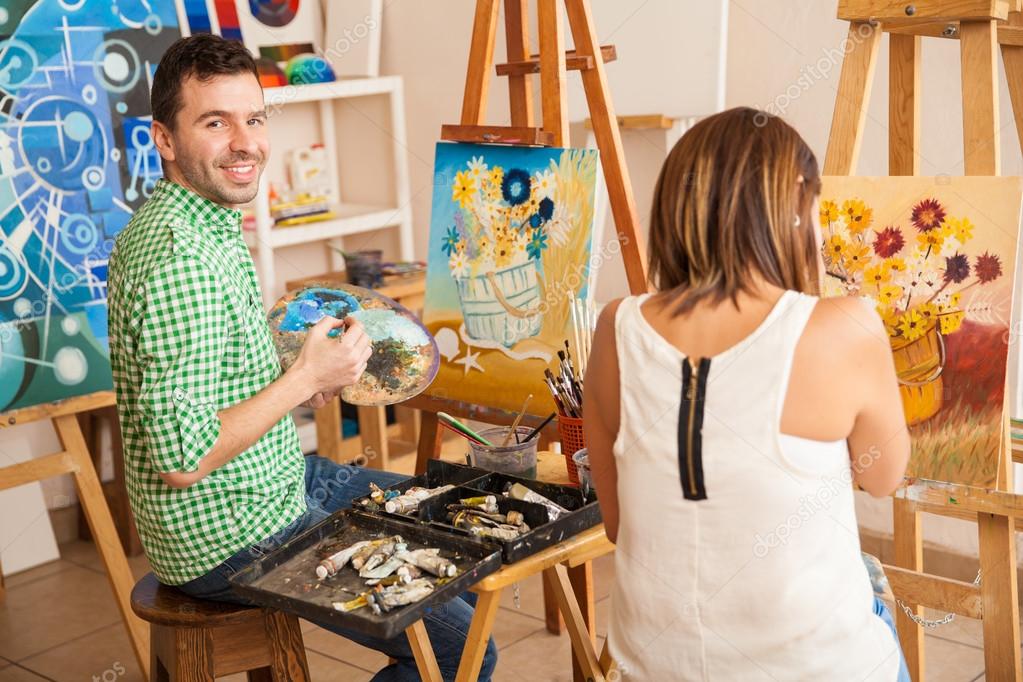Using Printed Photos for Painting References: A Photographers' Guide
In the realm of art, painters have long sought inspiration and guidance from various sources. As a Professional Photographer, you might find it intriguing how your work can serve as a pivotal reference for painters. The process of using printed photos for painting references allows for a seamless blend of technology and traditional art forms, opening up a new dimension where photography and painting unite.
Photographers have the unique capability to freeze moments in time, capturing details that serve as perfect muses for painters. By using printed photos for painting references, artists can delve into details with remarkable accuracy, whether its the play of light and shadow or the intricate textures captured through the lens. For professionals like you who are navigating this artistic interconnection, this guide provides insights into how these prints can transform into vivid canvases and assist in the creation of stunning art pieces. Dive into this tandem of expressions, where one medium complements the other, and discover the possibilities that lay in transforming photographic captures into magnificent paintings.

The Intersection of Photography and Painting
Photography and painting might seem like disparate worlds, but their intersection offers rich creative potentials. Photographers often emphasize the narrative within an imagethe very thing painters seek to convey on canvas. By using printed photos, photographers enable painters to explore and depict these narratives with a fidelity thats often unattainable through mere observation or imagination.
Why Photographers Should Consider Their Work as Reference Material
Your role as a photographer doesnt end with the click of a shutter. Each printed photo is a potential painting reference that provides a structured starting point for painters. This is particularly advantageous for painters striving to achieve hyper-realistic results. As photos serve to maintain proportions, perspectives, and intricate details, they become invaluable to the painting process.
According to various sources like the Artist's Network, using photography as a painting guide doesn't mean copying; rather it's about capturing the essence and infusing personality and emotion into the artwork.
Choosing the Right Photos for Painting Reference
While not every photo makes an ideal reference, professional photographers possess the skills to identify which shots have the potential to be exceptional references. You're looking for images with dynamic compositions, clear focal points, and strong contrasts. This aids in conveying texture and mood in the painting, echoing the very sentiments captured in the photograph.
Technical Aspects
When considering photo enlargement for painting, ensuring high resolution is crucial. Enlarged, detailed images prevent the artist from missing out on subtler features that can make or break the final piece.
Blend of Media for Unique Artistic Expression
The concept of blending photography and painting invites a fusion that enhances each discipline's strengths. As a Professional Photographer, you might explore how your photos can serve as the foundation for paintings that employ a mixed-media approach. This approach has been discussed deeply in articles like mixing media in photo-based painting, offering varied perspectives and outcomes that push the boundaries of conventional art.
Modern technological advances, including various apps and AI tools, are enhancing traditional methods of introducing photographers to innovative ways of contributing to painting. Read more about this at AI tools for creating painting references.

FAQs
Can any photo serve as a painting reference?
While any photo has the potential, those with well-defined subjects, interesting lightplay, and strong composition work best as references.
Do painters require high-resolution printed photos?
Yes, high-resolution prints are crucial as they help maintain clarity and detail when painters use them as references.
How can photographers improve their images for painting reference?
Photographers can enhance images by focusing on compositions, contrasts, and resolutions to achieve realistic detail that aids painters.
As both a photographer and an appreciator of art, embracing this confluence of photography and painting not only broadens your creative horizons but also enriches the world of art itself. Begin today by selecting your favorite captures and consider their potential as references for painting, redefining the artistic process one printed photo at a time.

